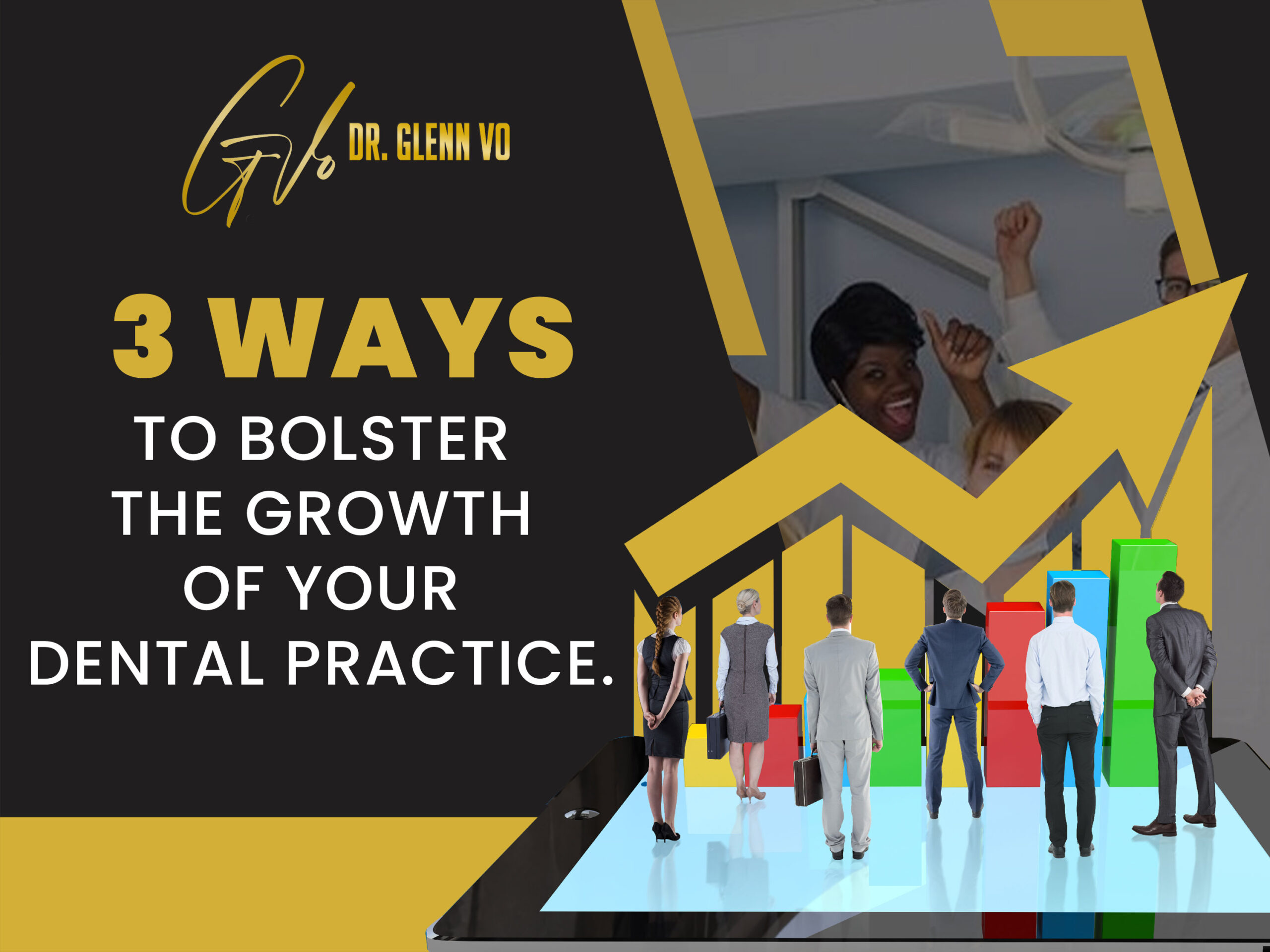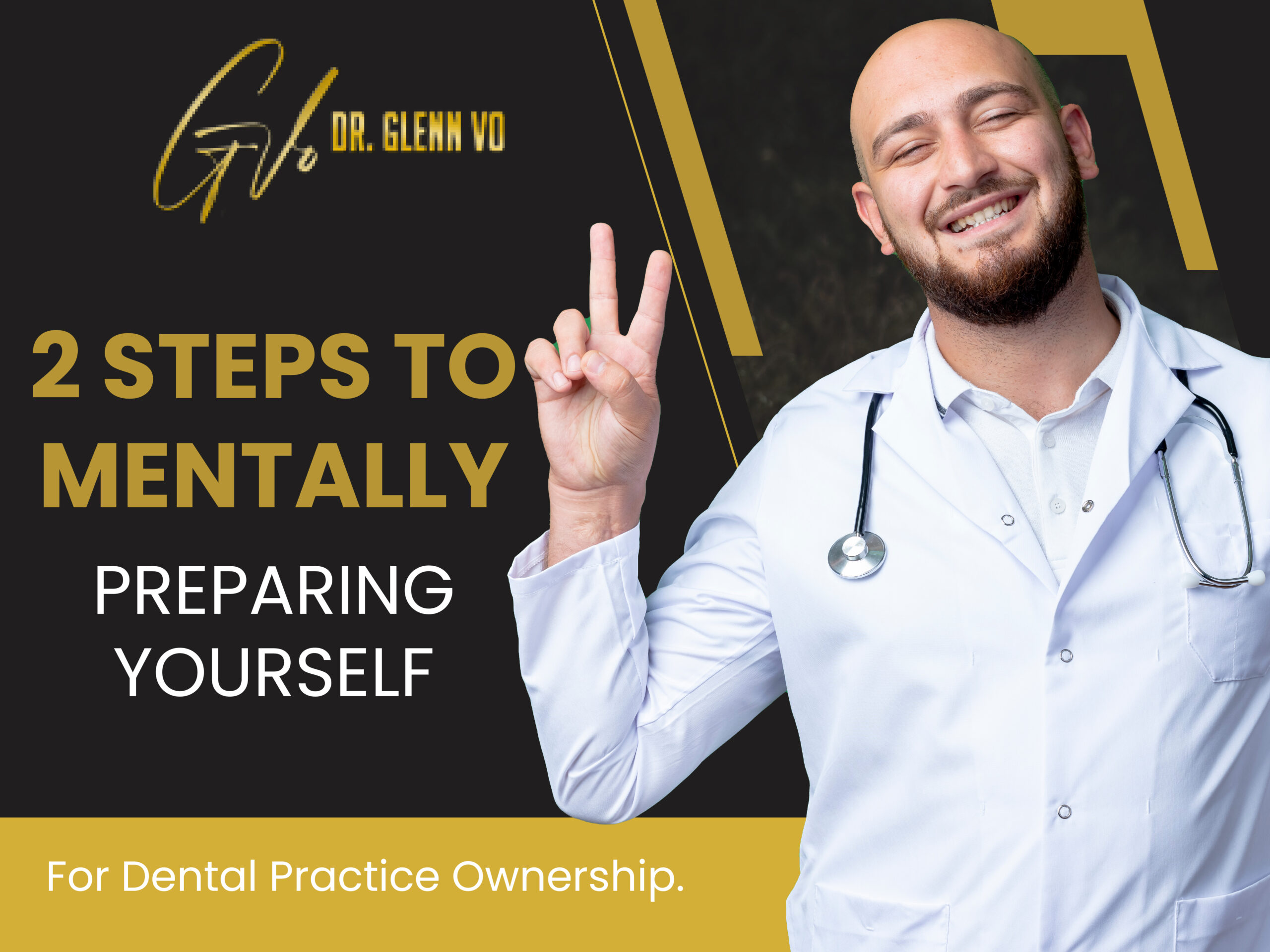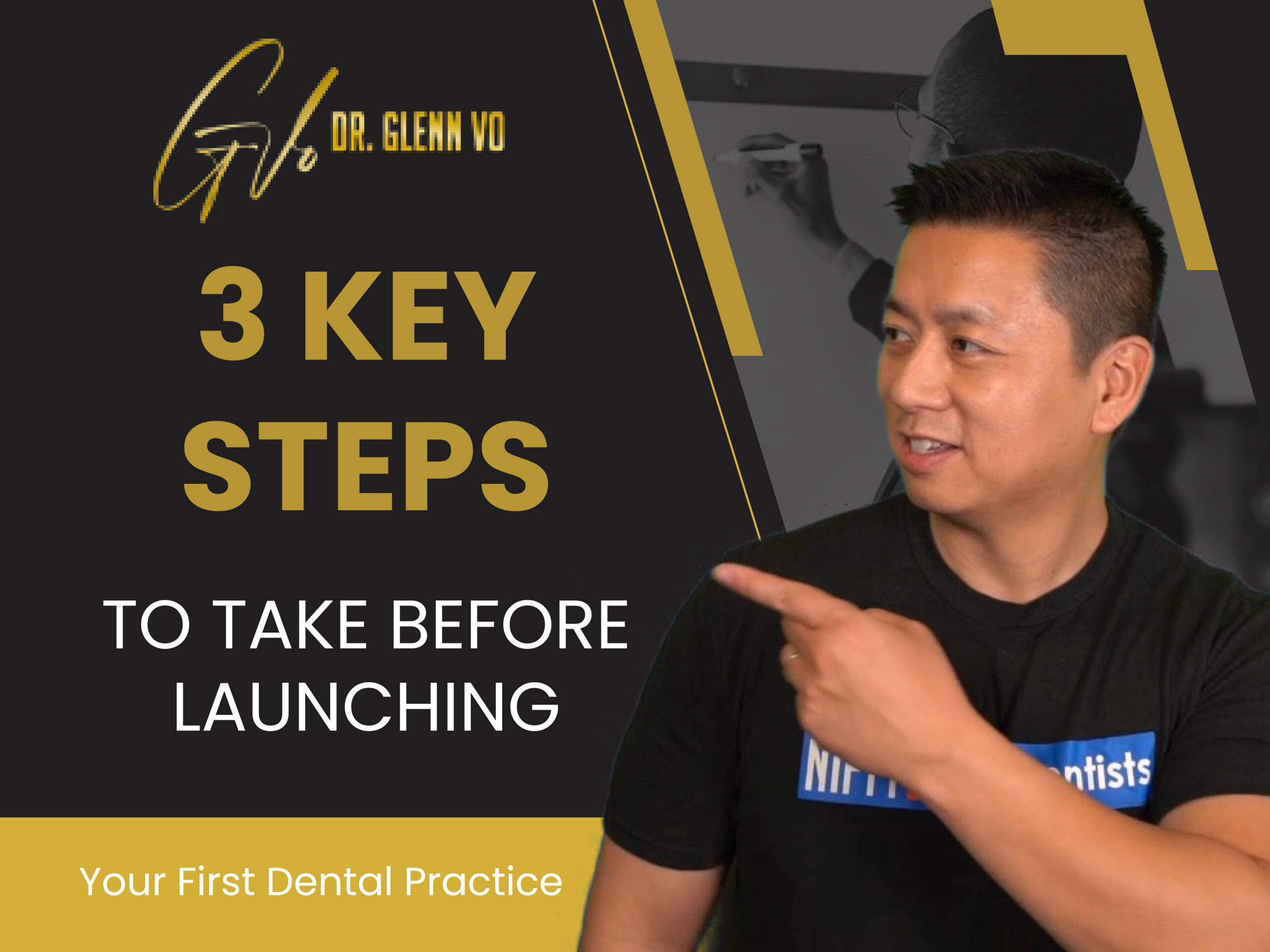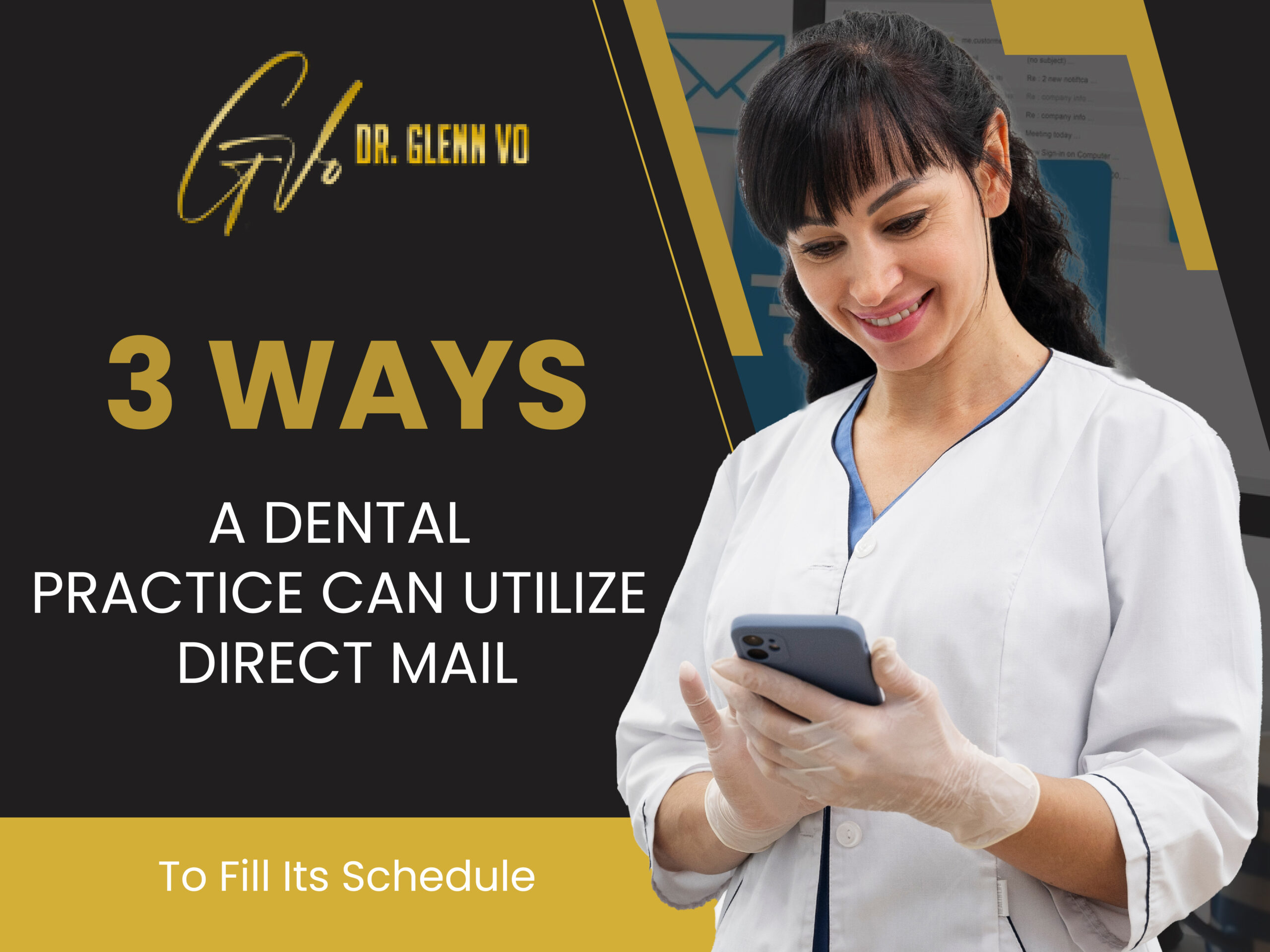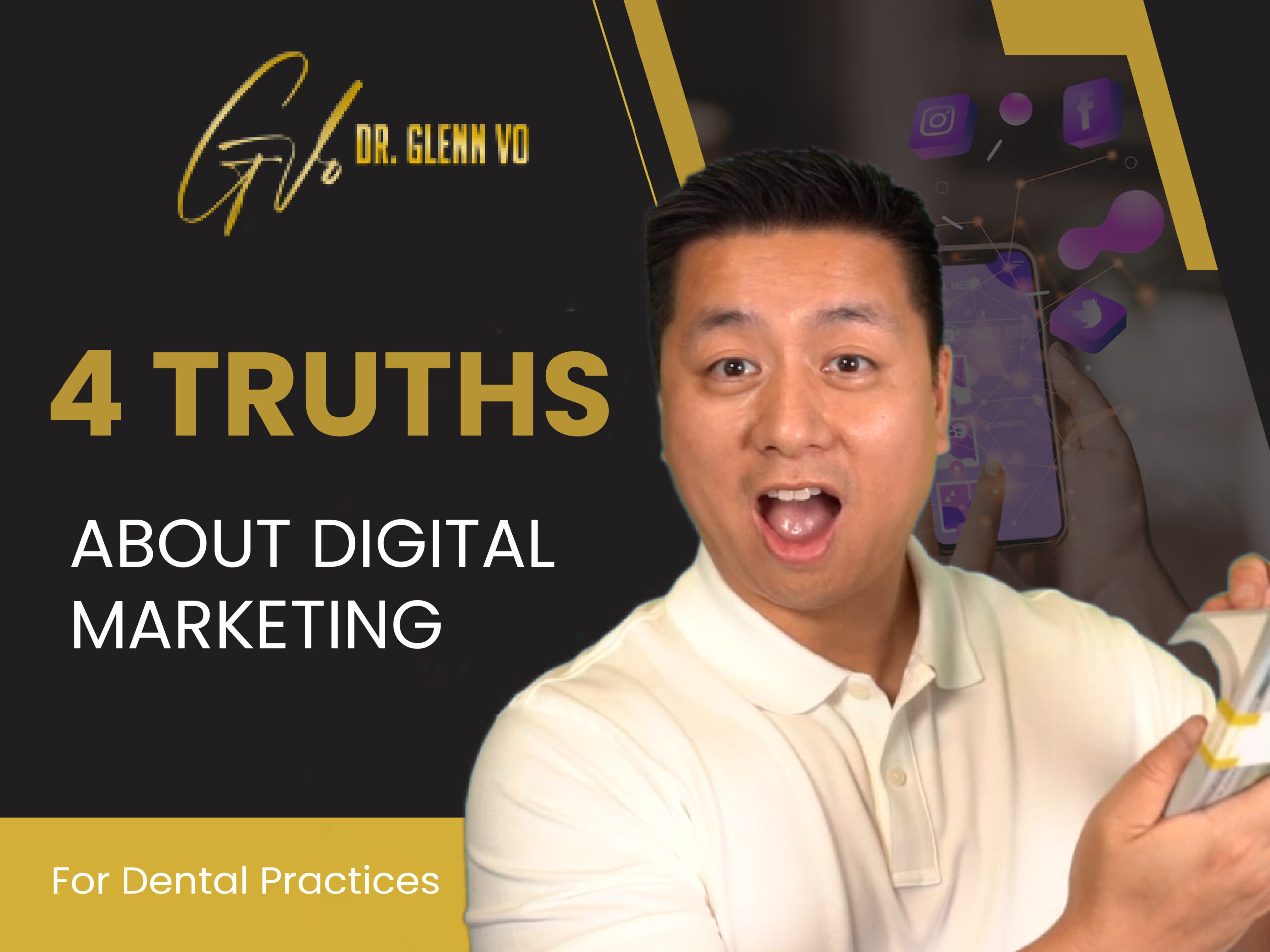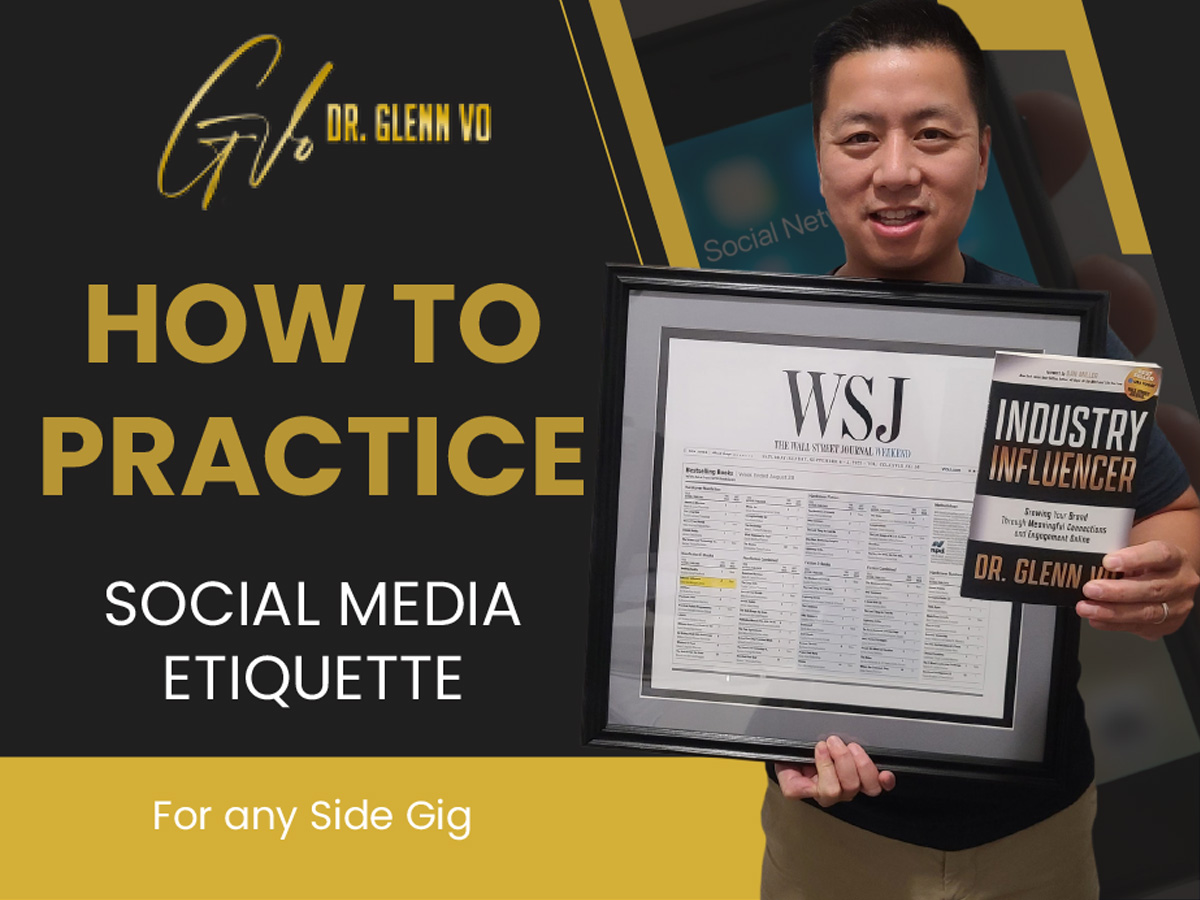Tools of the Trade: Starting Your Own Podcast

If you’ve always dreamed of sharing your ideas with the world, developing a podcast may sound like the perfect outlet. For me, it was a chance to talk to thought leaders in my field and ask them for answers and insight to all of my burning questions. What I found was that it gave me so much more than what I had expected. These people are counted among my trusted advisors, business partners, and friends. Podcasting is a way to build an expansive professional network to not only teach others but learn more yourself.
What does it take to get started? With only a few tools and a lot of time to perfect your skills, you’ll be ready to take on this audio challenge. Here are a few tools of the trade that I can’t live without.
#1 You need a platform
You may be quite familiar with Zoom for setting up meetings, but it can also work as a fantastic podcast tool. It gives you the ability to fit guests into your schedule, share screens, and creates an easily downloadable version of your conversation. The platform also has audio only if you are not interested in using the recording as a vlog or YouTube offering. This works on desktop or mobile devices and makes invites for your guests a quick share link to add to your calendars. You should be aware that the free use of the site allows a maximum of 40 minutes of recording time. If your discussion will be longer, you need to purchase a zoom package.
Another great option that I prefer is BeLive. The platform is excellent for Facebook Live videos and does not require bouncing between work windows to take questions in an interactive format. You can also add logos and branding directly to your live feed to further build brand recognition. The platform works on Facebook, YouTube and Twitch, hosts up to 4 people on the screen at a time, and a max of 10 guests. Your reactions and viewer questions can be seen directly from your recording screen, which means more audience engagement. There are a lot of customized layout options to utilize as well. Guests will need to download the app and use a link to access the event
#2 You need video
For many people, their built-in webcam will not have a sufficiently clear picture. They can often be awkwardly placed (just think of that FaceTime call where you end up looking up the other person’s nose the entire time).
Mobile devices can also be used for recording, but there are a few caveats to mention. The most obvious thing to consider is that it needs to be stationary. Now is not the time to prop it against a book and hope for the best. Your best bet will be a phone holder with a light ring for good visibility and flattering light. They aren’t just for makeup tutorials on Instagram, and the Bluetooth remote lets you start and stop recording without editing out the awkward reaching for the camera.
Think about your location for recording and how you want to brand yourself and your podcast. No one wants to see an episode live from a corner in your basement, so think about the composition of your background and make it reflect the image you want. If you’ve never considered it, there are green screen options that make possibilities endless. A simple lime green cloth backdrop with a greenscreen app such as ManyCam will bring a variety of possibilities to your videos. There are options for more condensed spaces, such as one that attaches to the back of your chair. If you decide to use a green screen, always keep in mind the viewing space to make sure your entire viewing area will be covered.
#3 You need audio
This is the most important part of a podcast, so don’t scrimp on quality. I promise that a good quality microphone will save loads of time on post-production editing. Typically, a USB mic with a stand and pop filter will allow the sound to stay consistent and clear. The pop filter lowers the sound of hard consonants such as B, P, D, and S sounds. If you will have multiple guests in person, you will want multiple mics and a multi-channel recorder. This separates each person’s audio and makes it easier to edit.
#4 You need editing
Audacity is my go-to tool for audio editing. It’s a simple interface that allows you to quickly import and export your audio in several formats. This is where you can mix your intro and outro music, eliminate background noise, or cut out repeated takes of a segment. There are a lot of tutorials to help you navigate issues that come up, and the basic program is free to use.
#5 Posting
Once your podcast is finished, you need a host. There are multiple platforms available including Fireside or Podast.co. All of these sites have RSS feeds and allow you to be found on Stitcher, iTunes, and other audio distributors. You can also import your RSS into your website to attract new listeners!
For additional promotion, I like to do an audiogram, a quick 1-minute snippet from the show to entice the listener to download. Create an image in Publisher or Canva, and select a portion of audio out of Audacity. I use Headliner to create a simple audiogram to share on all of my social media space.
While this isn’t an exhaustive list, I hope it gives you a few tips to get you started on your way to success!
How Did Dental School Prepare You (and Not Prepare You) for Owning a Dental Practice?
With every blog post I write or every podcast episode I host, I hope to enrich your time and life. And while money can certainly come with the advice I offer (or whatever Nifty Deals
4 Things to Remember During Your First Year of Dental Practice Ownership
Acquiring a dental practice can happen in a variety of ways. Many recent grads take the path of intrapreneurship; instead of taking on the beast of practice ownership alone, they work alongside other dentists as
4 Steps to Take After Graduating From Dental School.
Congratulations, you’ve earned your DMD. You’re officially a Doctor of Dental Medicine. It must feel good; I remember my white coat ceremony like it was yesterday, being full of equal parts and angst and excitement,
4 Things You Need to Do Right If You Want to Grow Your Dental Practice.
I've said it before, and I'll say it again: dental practice growth strategies are a process of trial and error. There are going to be plenty of setbacks, accomplishments, and everything in between. No matter
3 Ways to Bolster the Growth of Your Dental Practice.
Growing a dental practice takes a village and then some. Every dental entrepreneur undergoes a process of trial and error to find the right people, the right dental practice business tactics, and the right workflow.
How Can Joining a Mastermind Group Help You Grow Your Dental Practice?
Running a dental practice is a lot like rowing a boat. There are tons of different "oars" in your business—your goals, marketing efforts, your staff, and so on—and, if you want to win the race
3 Questions to Ask Yourself Before Owning a Dental Practice.
Dentistry is the greatest profession on earth. There are so many reasons I say this, one of them being that we get to choose our own adventure. You're reading this because you're ready for the
2 Steps to Mentally Preparing Yourself For Dental Practice Ownership.
Preparing for dental practice ownership is a journey many dentists embark on at some point in their careers. Perhaps you’ve been working for years as an associate at a larger practice and are now looking
3 Key Steps to Take Before Launching Your First Dental Office.
A dental practice has lots of moving parts on a constant basis, and a practice owner is required to wear a lot of different hats throughout their career. While your dynamic will never be set
2 Overlooked Problems That Can Topple a Dental Practice (And How to Solve Them).
When it comes to dental practice management challenges, some problems are more obvious. They’re blaring in our face, clear as day to see, and we know they need solving. Other problems prowl underneath the service,
3 Qualities of a Good Dental Leader
For some of us, developing good leadership is one of the easier pieces of the puzzle—it’s just naturally in our wheelhouse. For others, it’s a skill we need to work hard to build. Mastering key
3 Ways a Dental Practice Can Utilize Direct Mail to Fill Its Schedule.
The fact that I'm writing about utilizing direct mail marketing for dental practices might be surprising to some of you. It makes sense: direct mail does have a stigma of being ancient or even spam-like.
4 Truths About Digital Marketing For Dental Practices.
Like any small business, marketing is an important player in the success of a dental practice. Without an effective marketing approach for our business, it'll be hard to stand out from the herd let alone
4 Questions to Ask Yourself Before Delegating Marketing to Someone Outside of Your Dental Practice.
In dental school, we were taught all about drilling and filling, placing a crown, providing an implant, you name it. However, we weren’t taught much about the business side of things. Crunching the numbers of
5 Metrics That Can Make or Break a Dental Practice (and What Your Numbers Should Look Like).
Analyzing your practice is one of the most important pieces of the puzzle, especially when we’re doing so much work on the front end to keep it running. If we can’t step back and look
3 Ways to Position Your Side Gig as a Resource
As you may have learned by now, I love tackling tasks with the latest and greatest tools out there, from video software to product management tools. So when outsourcing expert John Jonas joined my podcast to discuss virtual assistants, I was all ears.
How to Practice Social Media Etiquette for any Side-Gig
As you may have learned by now, I love tackling tasks with the latest and greatest tools out there, from video software to product management tools. So when outsourcing expert John Jonas joined my podcast to discuss virtual assistants, I was all ears.
A Quick How-to Guide for Influencer Marketing
As you may have learned by now, I love tackling tasks with the latest and greatest tools out there, from video software to product management tools. So when outsourcing expert John Jonas joined my podcast to discuss virtual assistants, I was all ears.
How to Use a Personal Story to Build Your Side-Gig’s Brand
As you may have learned by now, I love tackling tasks with the latest and greatest tools out there, from video software to product management tools. So when outsourcing expert John Jonas joined my podcast to discuss virtual assistants, I was all ears.
Are These 3 Myths Holding You Back from Starting a Side-Business?
As you may have learned by now, I love tackling tasks with the latest and greatest tools out there, from video software to product management tools. So when outsourcing expert John Jonas joined my podcast to discuss virtual assistants, I was all ears.
A Simple Two-Step Process for Achieving Your Business Goals
As you may have learned by now, I love tackling tasks with the latest and greatest tools out there, from video software to product management tools. So when outsourcing expert John Jonas joined my podcast to discuss virtual assistants, I was all ears.
A Quick How-to Guide for Building Your Brand
As you may have learned by now, I love tackling tasks with the latest and greatest tools out there, from video software to product management tools. So when outsourcing expert John Jonas joined my podcast to discuss virtual assistants, I was all ears.
8 Traits to Look for in an Outsourced Graphic Designer
As you may have learned by now, I love tackling tasks with the latest and greatest tools out there, from video software to product management tools. So when outsourcing expert John Jonas joined my podcast to discuss virtual assistants, I was all ears.
8 Steps to Building Your Side Gig’s Brand
As you may have learned by now, I love tackling tasks with the latest and greatest tools out there, from video software to product management tools. So when outsourcing expert John Jonas joined my podcast to discuss virtual assistants, I was all ears.
4 Characteristics of an Effective Social Media Manager
As you may have learned by now, I love tackling tasks with the latest and greatest tools out there, from video software to product management tools. So when outsourcing expert John Jonas joined my podcast to discuss virtual assistants, I was all ears.






